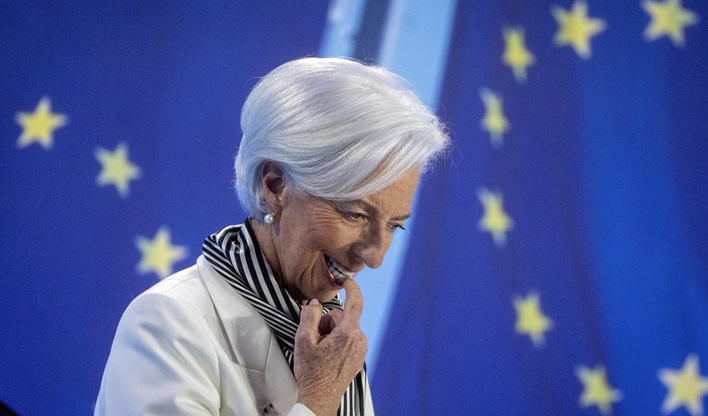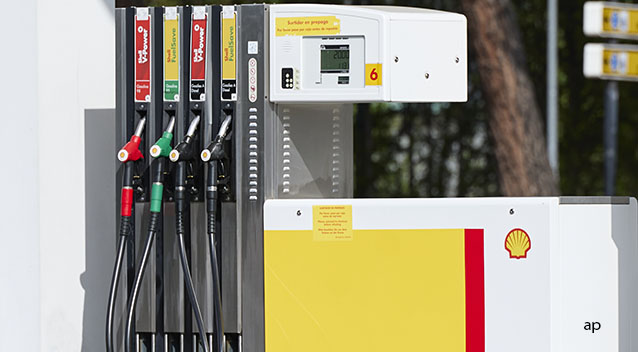
The eurozone's Consumer Price Index increased by 2.6% in July, according to Eurostat's flash estimate, up from 2.5% in June and above economists' expectations of a further 2.5% reading. Core inflation, which shows prices without energy and food costs, was stable at 2.9% for the third month in a row. Economists had forecast a slight deceleration in core inflation to 2.8%.
"Euro area inflation surprises the ECB to the upside, but the news isn’t as bad under the bonnet," T. Rowe Price chief European economist Tomasz Wieladek commented in an email. "The surprise in core CPI inflation was not due to a rise in services inflation, but core goods inflation," which in turn likely stems from a temporary spike in shipping costs, Wieladek explained.
In July's preliminary inflation figure, the greatest contribution is expected to come from services (4.0%, compared with 4.1% in June), followed by food, alcohol and tobacco (2.3%, compared with 2.4% in June), energy (1.3%, up from 0.2% in June) and non-energy industrial goods (0.8%), according to Eurostat.
Country-level data showed inflation unexpectedly ticking up in Germany and Italy. In Europe's largest economy, prices rose 2.6% year on year, according to preliminary data from the federal statistics office released on Tuesday, July 30. In Italy, the consumer price index increased by 1.3% this month, up from 0.8%. French inflation accelerated to 2.3% from 2.2% in June while in Spain, the rate slipped to a five-month low of 2.8%.
ECB Still Expected to Cut Interest Rates in September
July's inflation readings are crucial ahead of the European Central Bank’s decision on interest rates on September 12. The ECB left rates unchanged in its July 18 meeting. President Christine Largarde stressed that the rate path will be shaped by three ECB policy criteria:
1) Inflation outlook
2) Measures of underlying inflation
3) The strength of monetary policy transmission
Despite Wednesday's inflation uptick, investors continue to expect a quarter-point reduction in rates in September.
"The services inflation data today show that the recent disinflation trend in services HICP inflation continues," Wieladek said. "The ECB will therefore probably look through the strong HICP inflation print today. From an ECB perspective, the data released today is consistent with a quarterly cutting pace. The ECB will therefore likely continue to cut its main policy rates in September and December."
Another key factor for the ECB's rate cutting trajectory will be Wednesday’s Federal Reserve meeting, as policymakers look for any indication that their US peers are ready to begin easing their monetary policy.



























